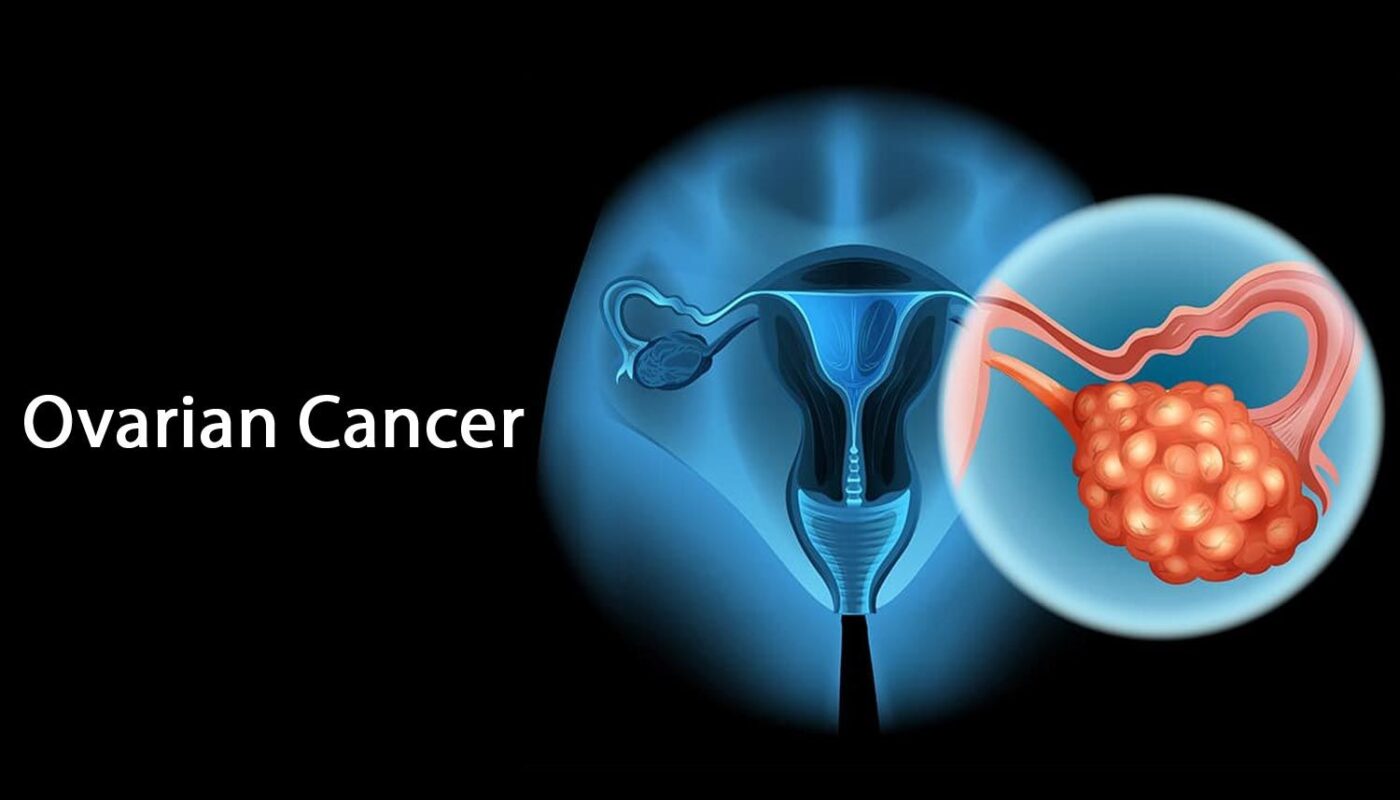Recent research led by the University of Minnesota’s Masonic Cancer Center in collaboration with international partners has uncovered a significant breakthrough in ovarian cancer treatment. Published in JAMA Network Open, the study reveals that ovarian cancer patients with high levels of stroma within their tumors are at a greater risk of developing chemoresistance to conventional treatments. Stroma refers to the non-cancerous tissue that supports tumor growth.
The research team, spearheaded by Drs. Martina Bazzaro and Emil Lou, expanded on their earlier work which highlighted a marker called high tumor stroma proportion (TSP) as a reliable indicator of patient outcomes and chemoresistance in ovarian cancer. TSP measures the ratio of non-cancerous tissue to cancerous cells within a tumor.
Dr. Martina Bazzaro, an associate professor at the U of M Medical School and researcher at Masonic Cancer Center, emphasized the simplicity and clinical significance of their findings. While previous studies linked stromal gene expression to poor survival rates in ovarian cancer, this study demonstrates that a straightforward assessment of tumor-stroma proportion can serve as a valuable biomarker for predicting clinical outcomes.
The study involved two independent cohorts, one comprising 103 cases from The Cancer Genome Atlas and the other consisting of 192 cases from the University of Tubingen. All patients underwent cancer surgery followed by chemotherapy treatment. By analyzing digital images of patient tissue samples, the team categorized tumors based on stroma content, with some having less than 50% stromal tissue and others having 50% or more. The analysis revealed that tumors with high TSP were associated with poorer outcomes and increased likelihood of chemoresistance.
Dr. Emil Lou, an associate professor at the U of M Medical School and medical oncologist with M Health Fairview, highlighted the research’s potential impact on ovarian cancer treatment. The team aims to integrate TSP measurement into clinical trials as a predictive biomarker for drug resistance, advocating for its standardization and routine use in practice. Future plans include leveraging national cooperative groups to further validate TSP as a biomarker and incorporating artificial intelligence for more accurate outcome predictions.
The identification of stroma levels as a predictor of chemoresistance represents a significant advancement in ovarian cancer research. This innovation holds promise for tailoring more effective treatments based on individual tumor characteristics, ultimately improving outcomes for patients battling this challenging disease.
*Note:
1. Source: Coherent Market Insights, Public sources, Desk research
2. We have leveraged AI tools to mine information and compile it




